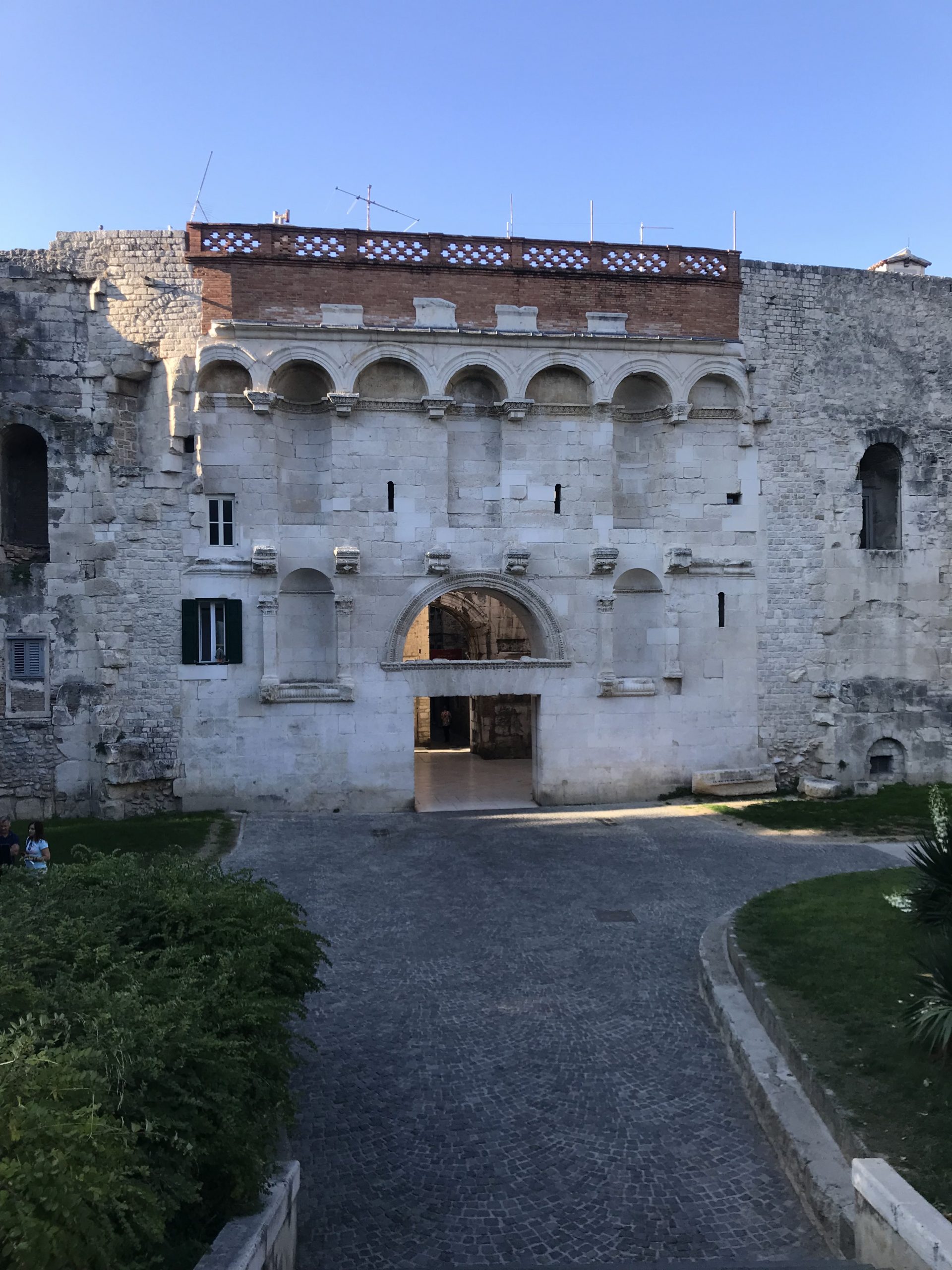
The Golden Gate was the north, inland facing, and therefore the most important, entry to the palace.
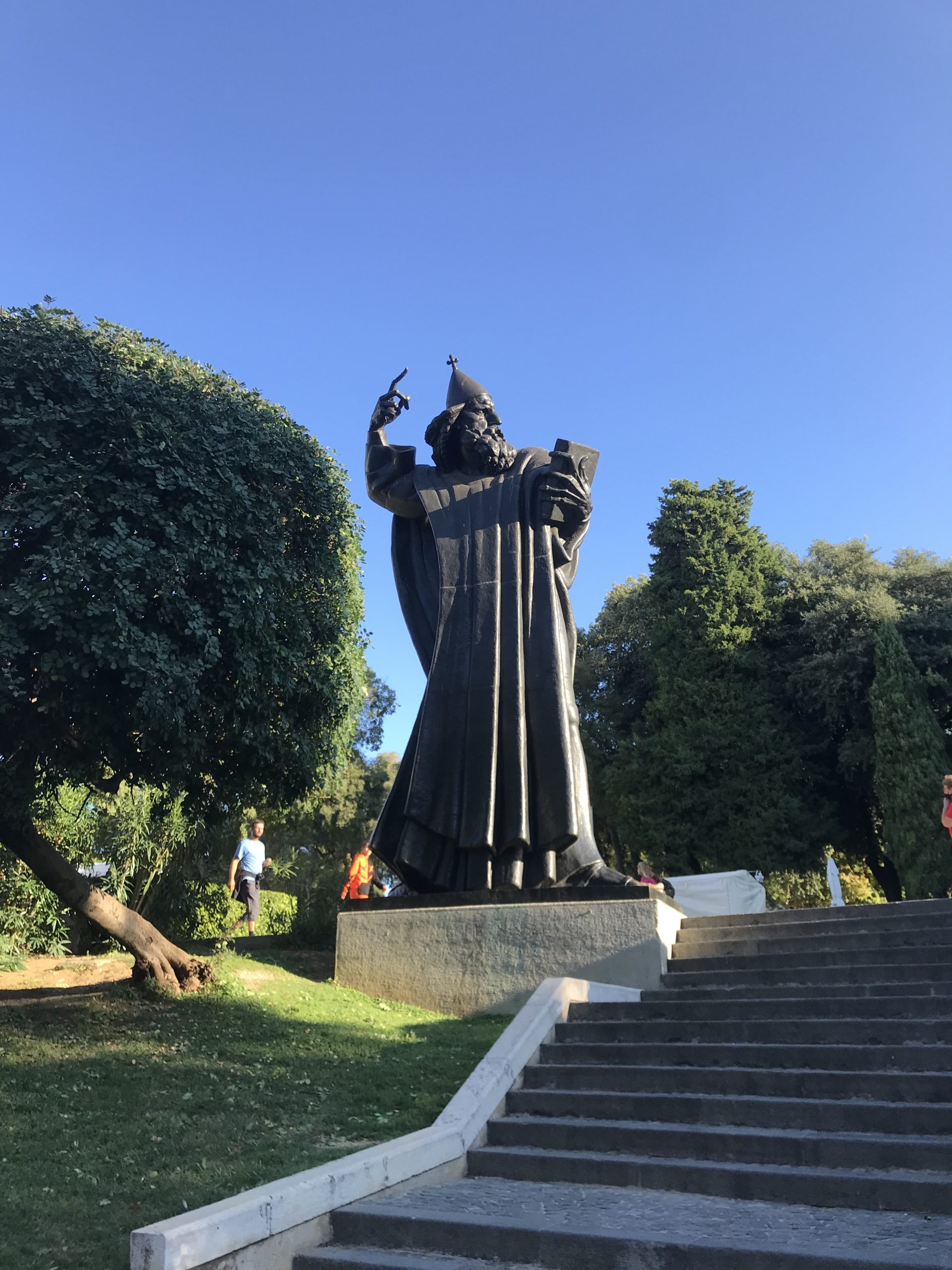
This statue of Gregory of Nin is by Croatian artist, sculptor, and architect Ivan Meštrović. Gregory of Nin, a medieval bishop, is a Croatian hero for opposing the Pope and conducting services in Croatian as opposed to the mandated Latin service. I was particularly interested in the sculpture because the artist Ivan Meštrović was a professor at Notre Dame from 1955 to 1962 and his sculptures can be found all over the campus. While I never was fond of his unique style, I was pleased by this personal connection. There is a museum dedicated to his work in Split, and while I didn’t have time to visit, I wonder if they mention Notre Dame anywhere in the museum.
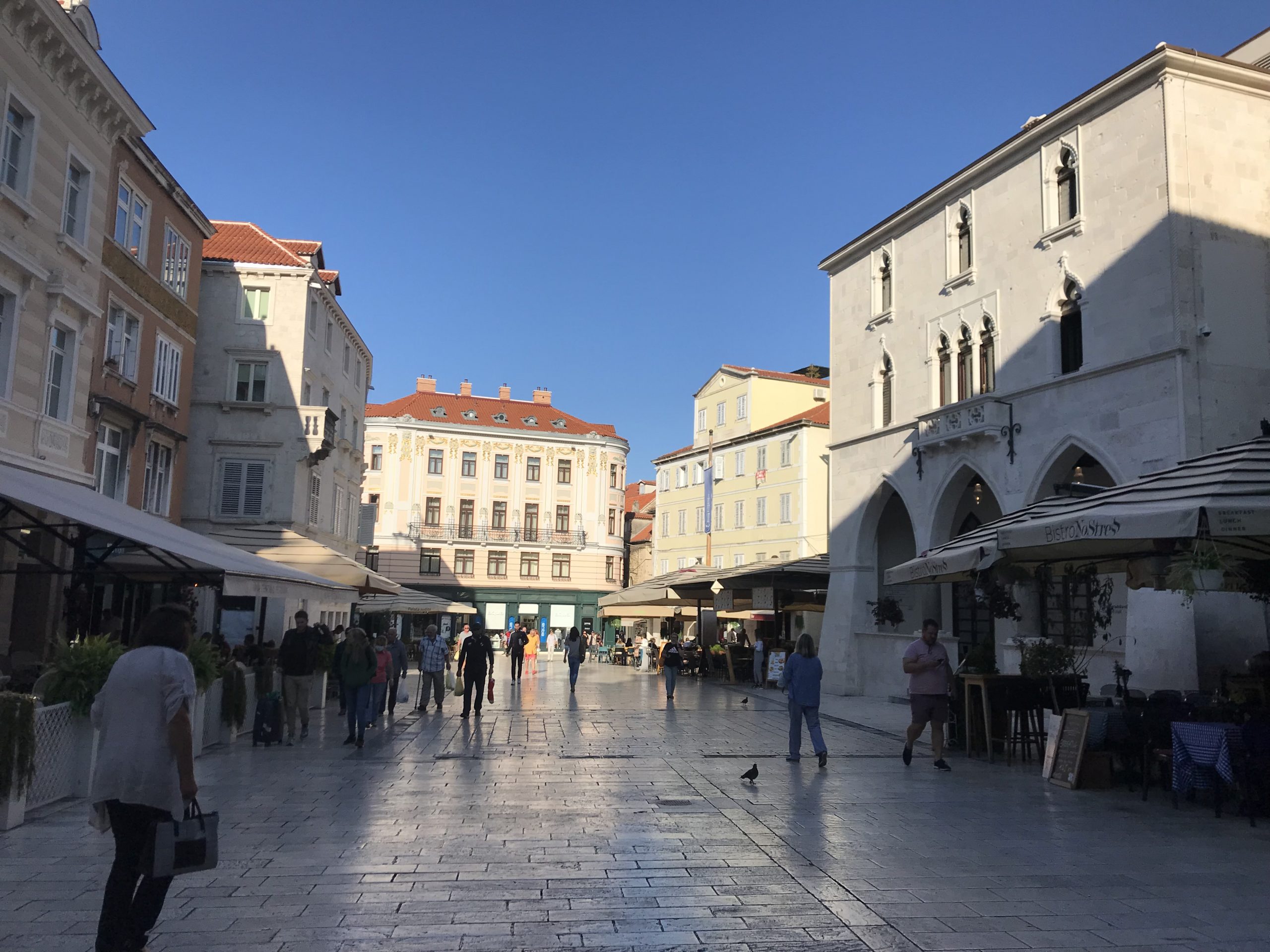
Directly beyond the western boundary of the palace is the People’s Square. The building to the right is the Old Town Hall.
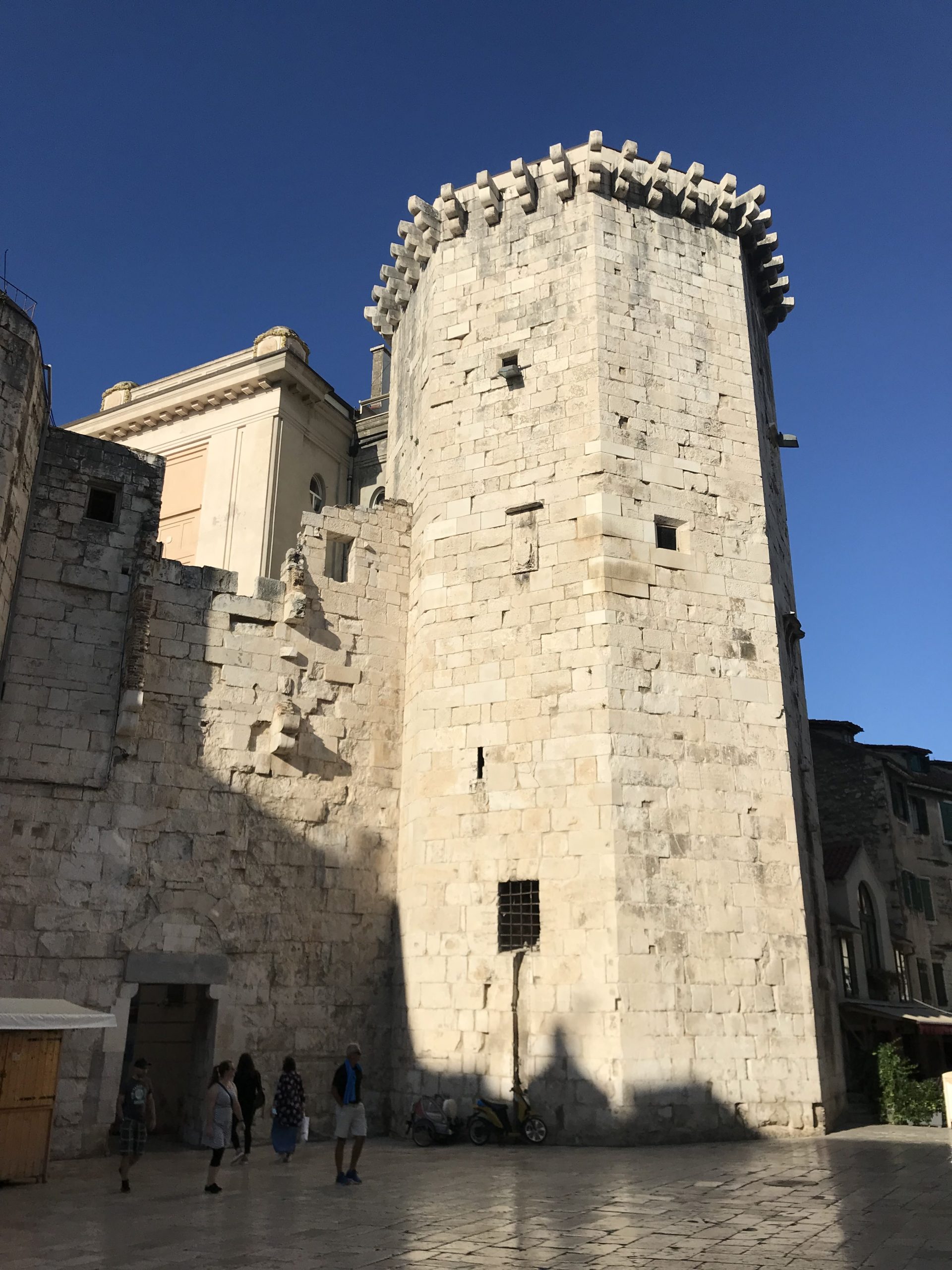
This medieval fortification demonstrates an evolution from the Roman palace to an expanded city.
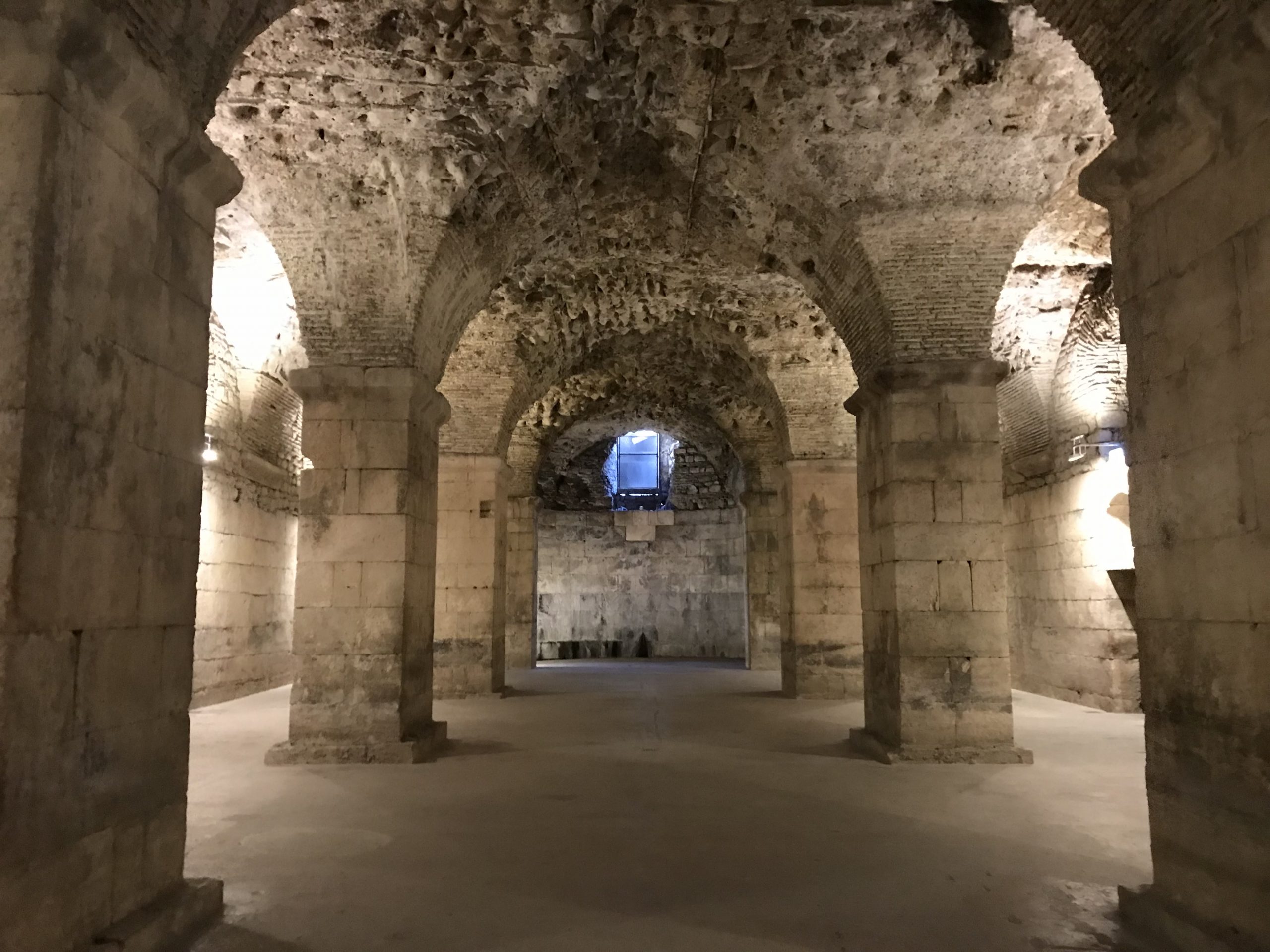
The substructure of Diocletian’s Palace is incredibly well preserved and was essential to get the main level of the complex above sea level. Game of Thrones fans probably recognize the substructure and streets from Diocletian’s Palace as the setting for much of the character Daenerys Targaryen’s story arc from seasons four through six.
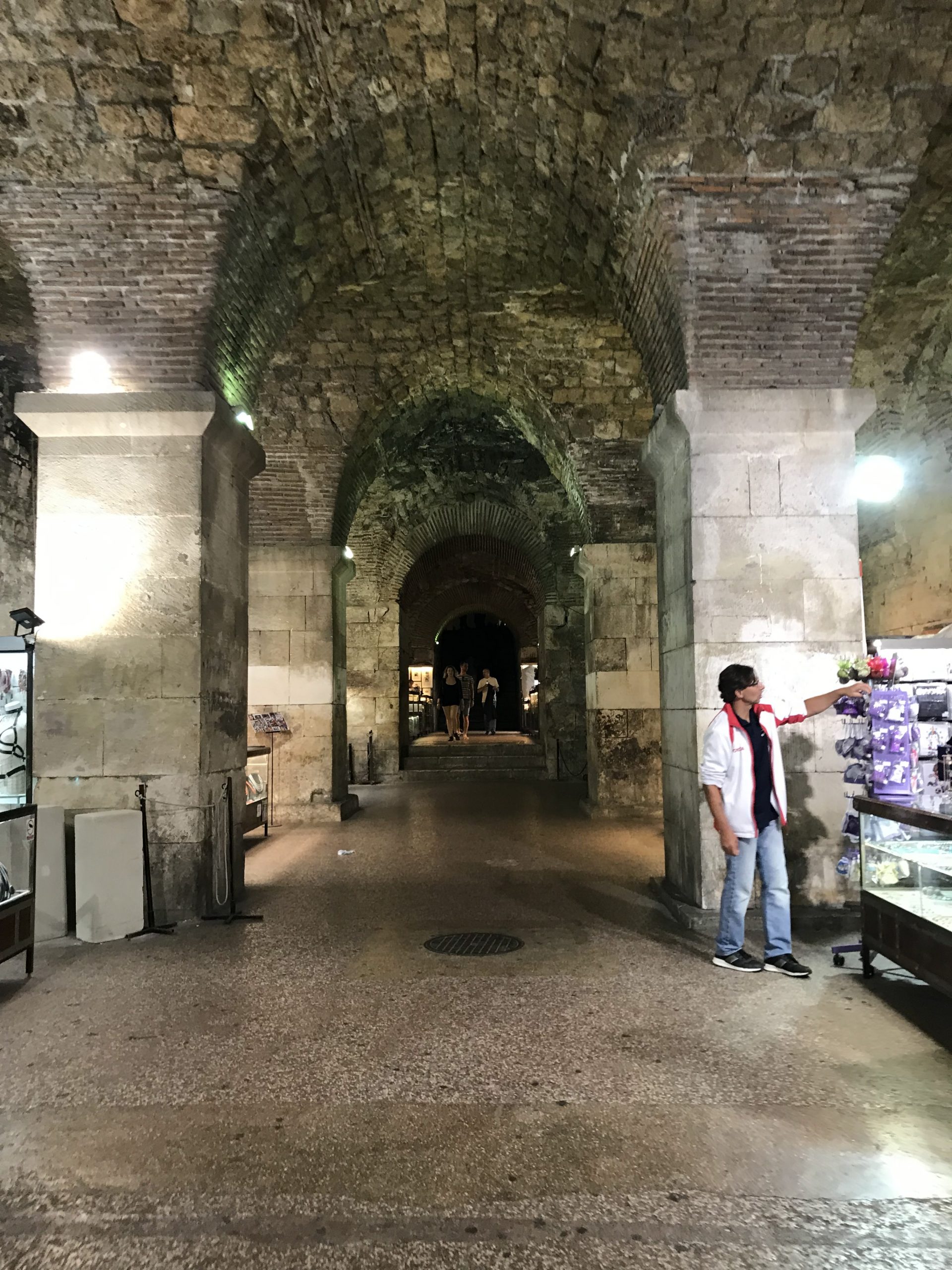
Part of the substructure is a museum, but the central corridor is always open to the public and has vendors.
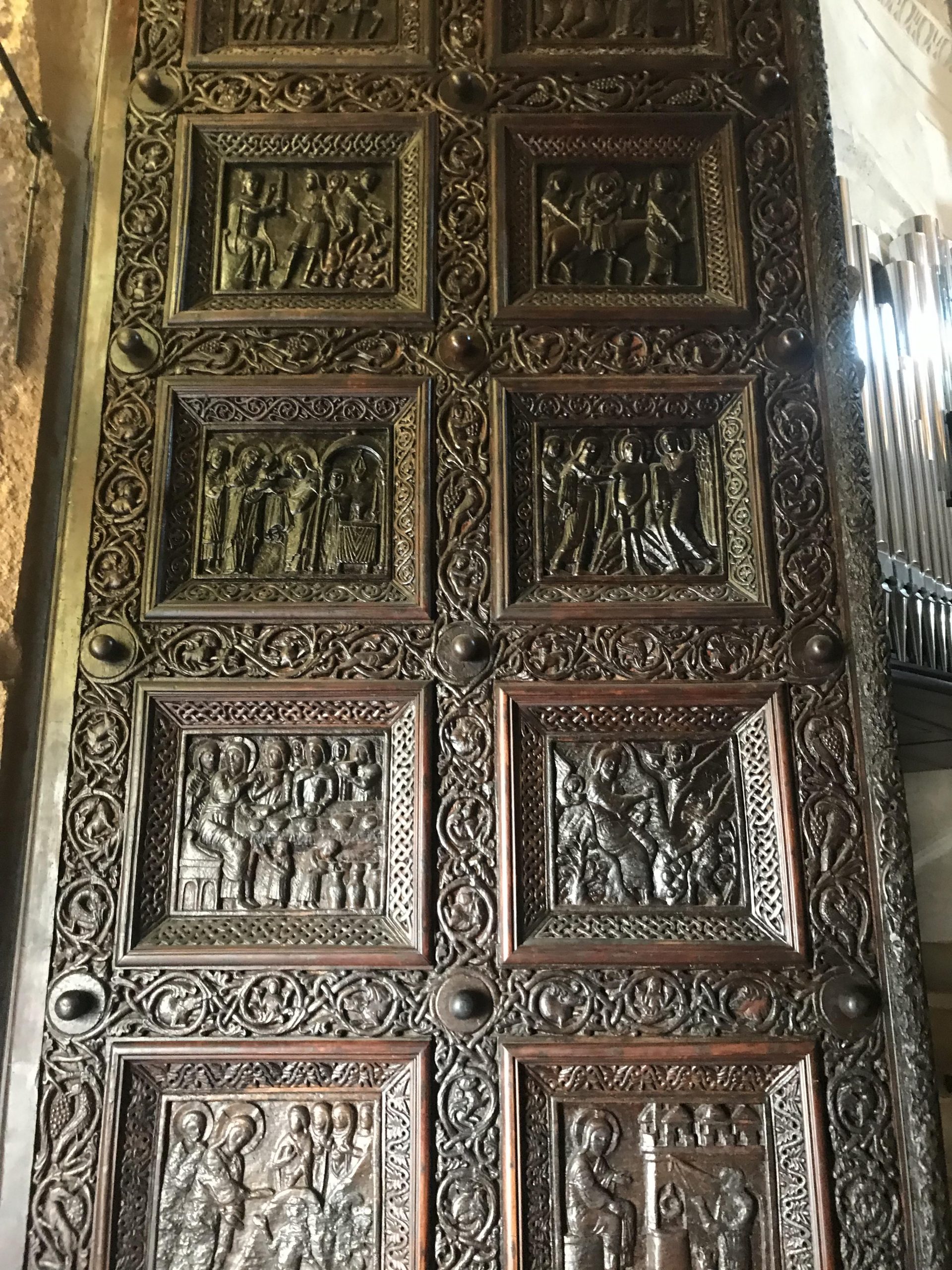
I enjoyed the stunning cathedral’s elaborately carved doors.
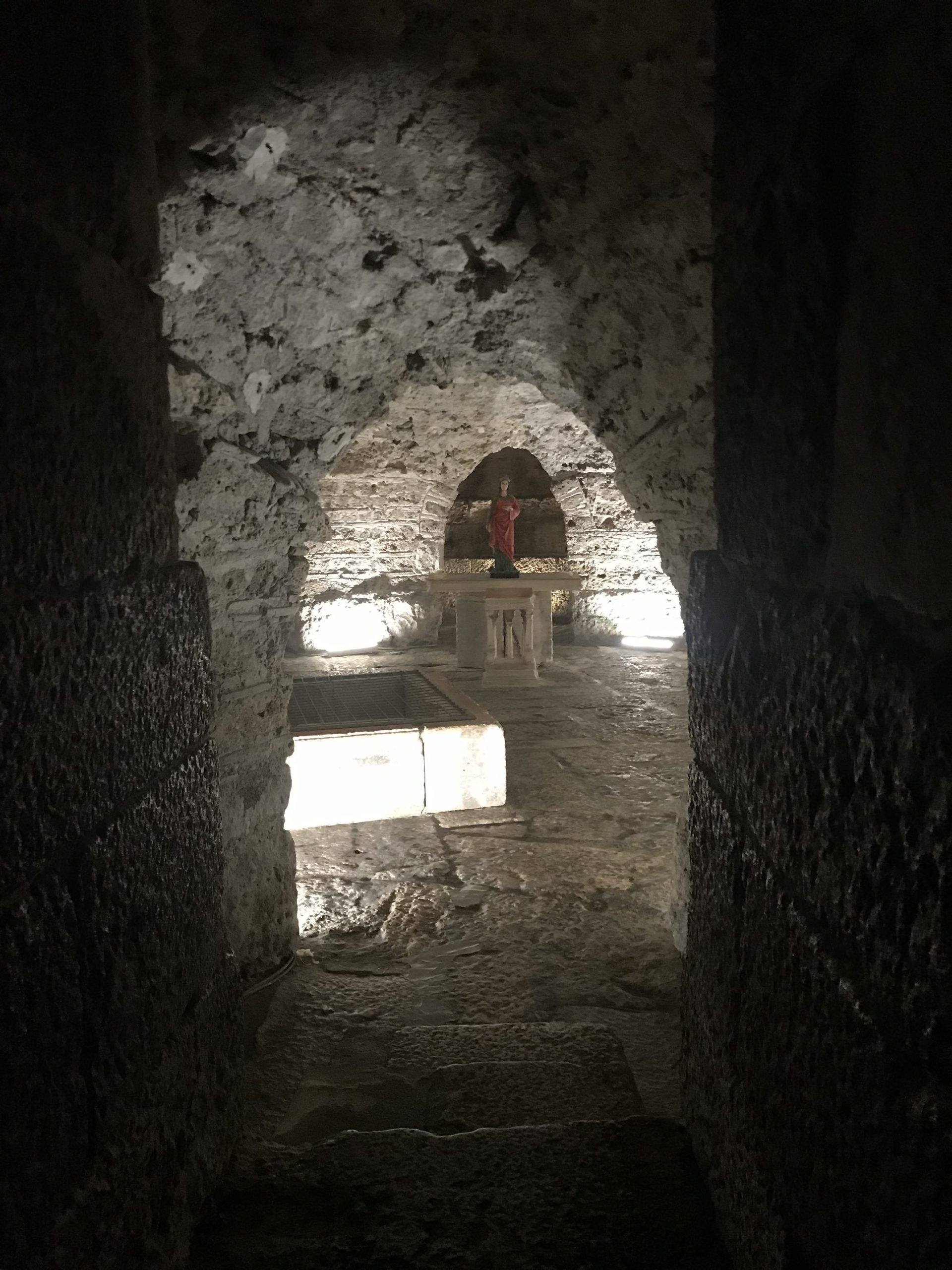
The cathedral’s crypt was yet another unique space.
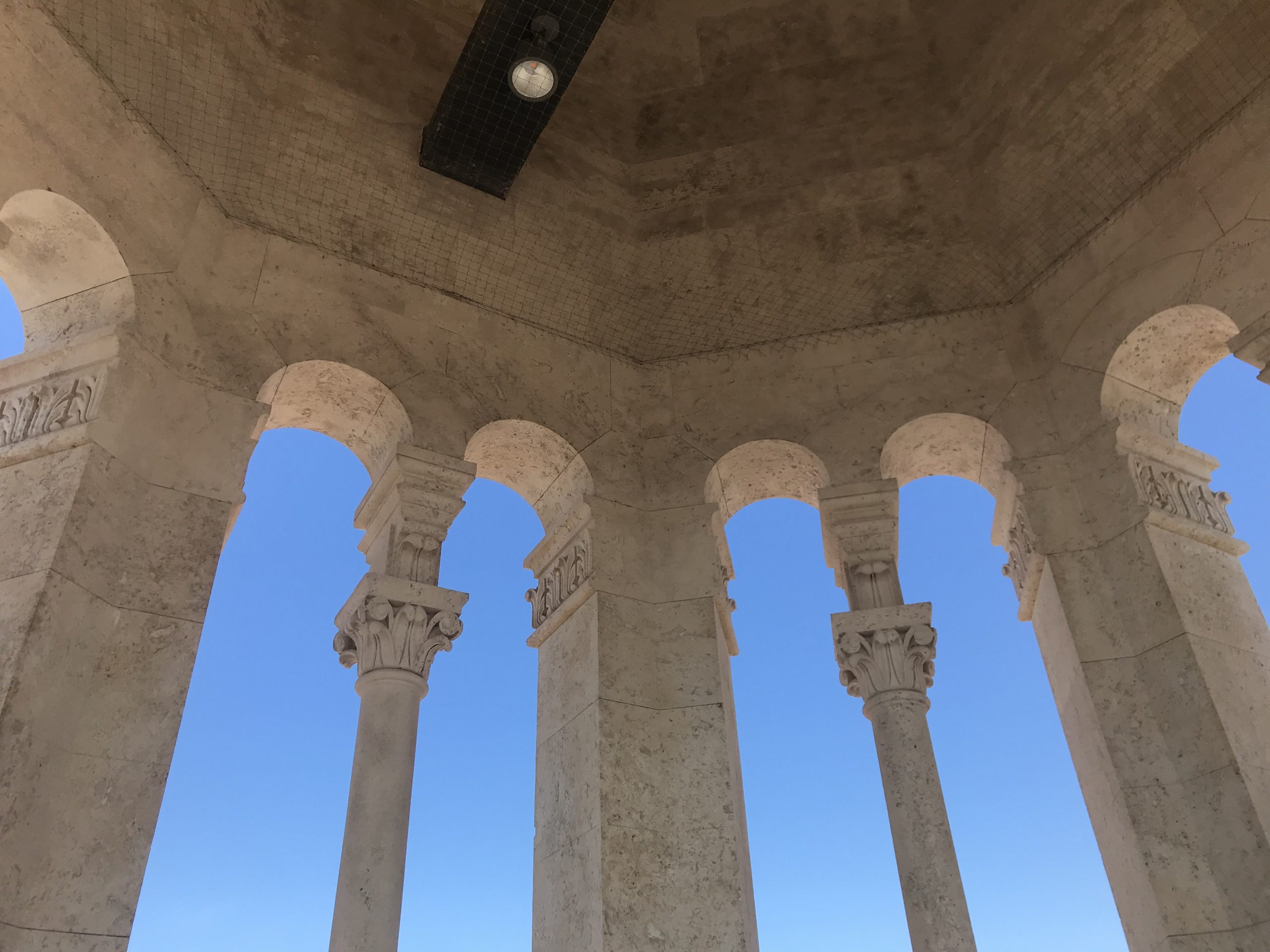
Climbing the bell tower also gave me the opportunity to see its architecture close up.
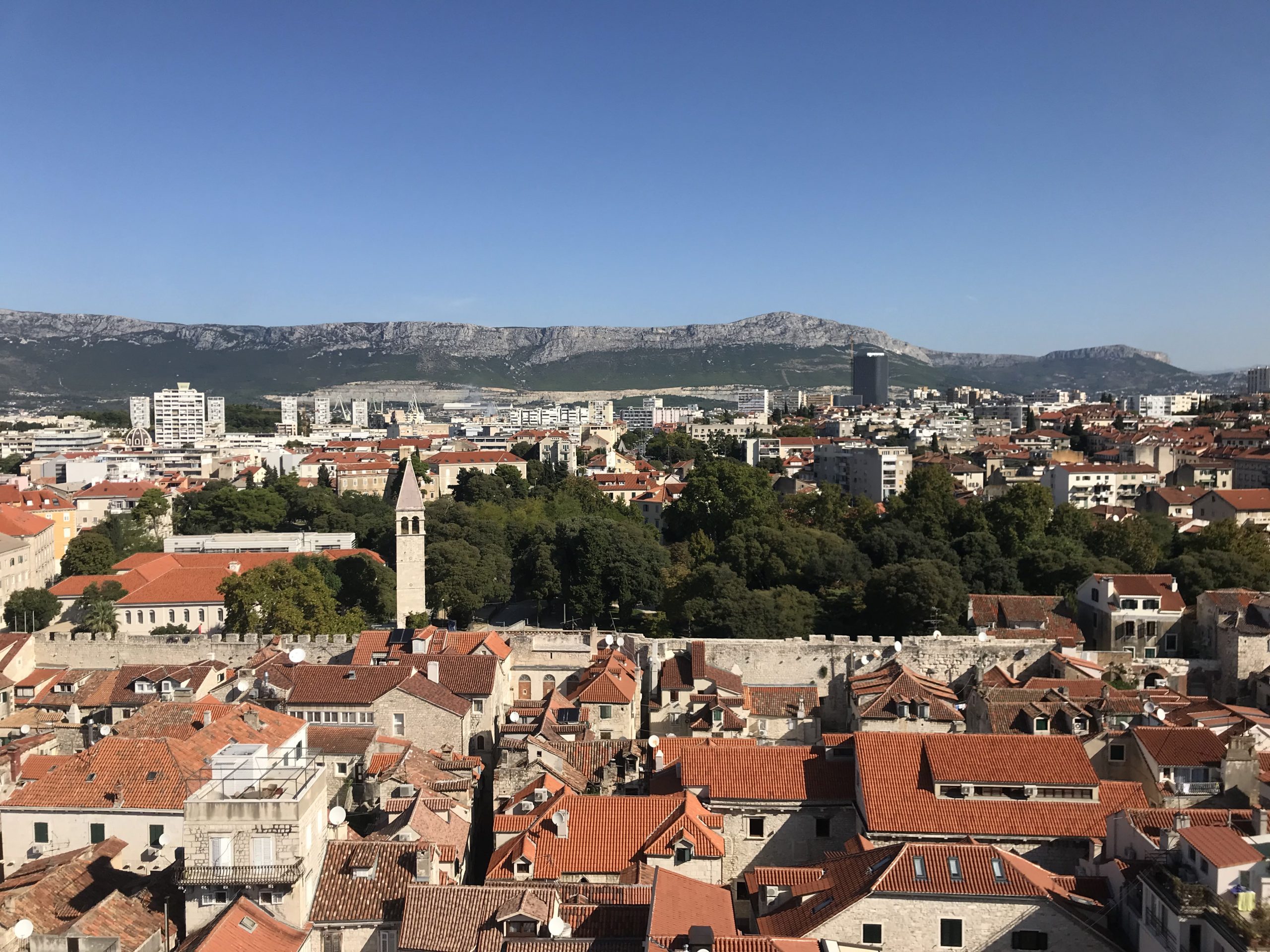
In this view to the north, you can clearly see the palace’s boundary and the mountains beyond.
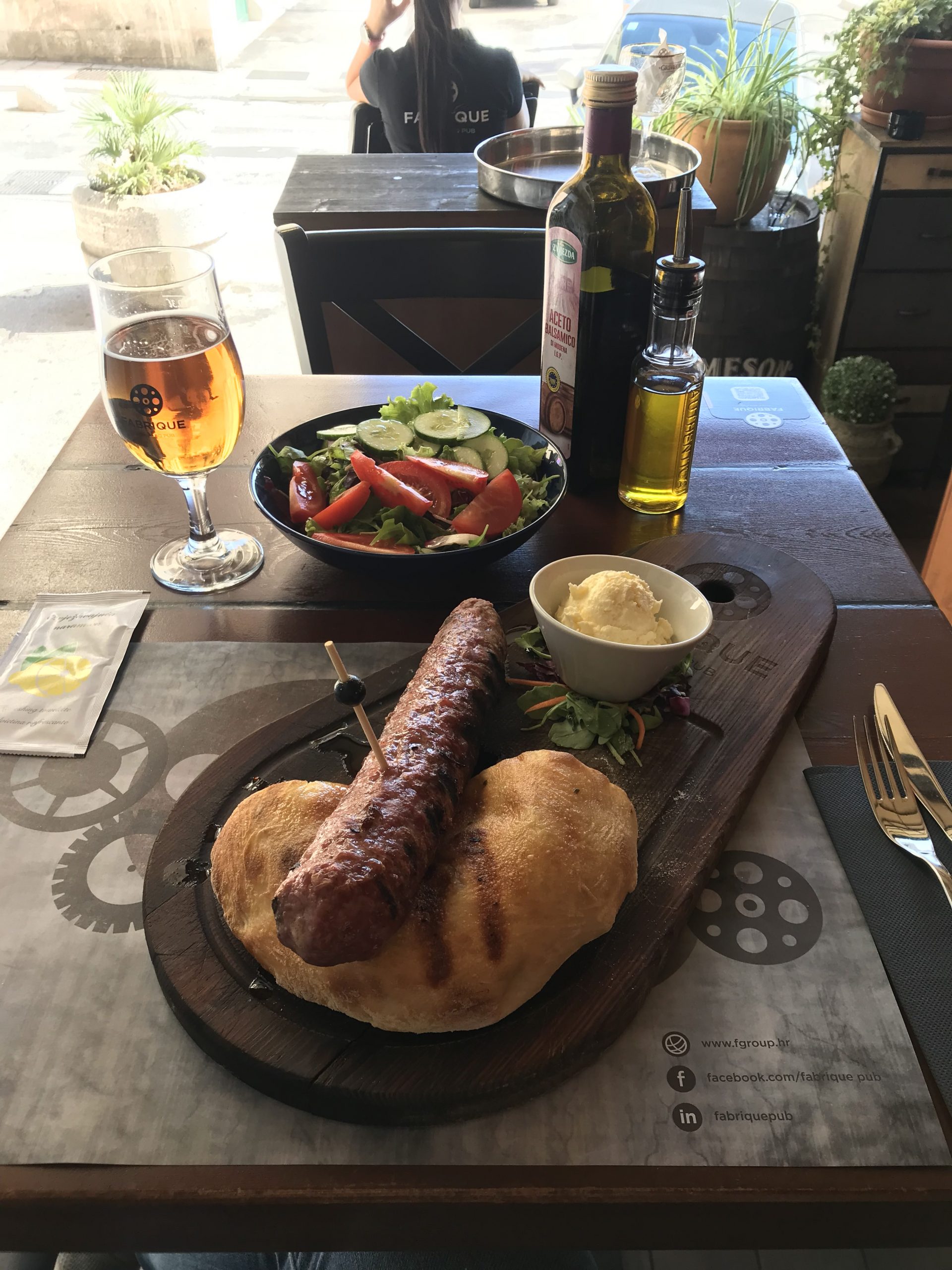
My lunch in Split was delicious and super filling! I had a kebab stuffed with mozzarella, bacon, prosciutto, Balkan flatbread, salty clotted cream, side salad, and Croatian beer.
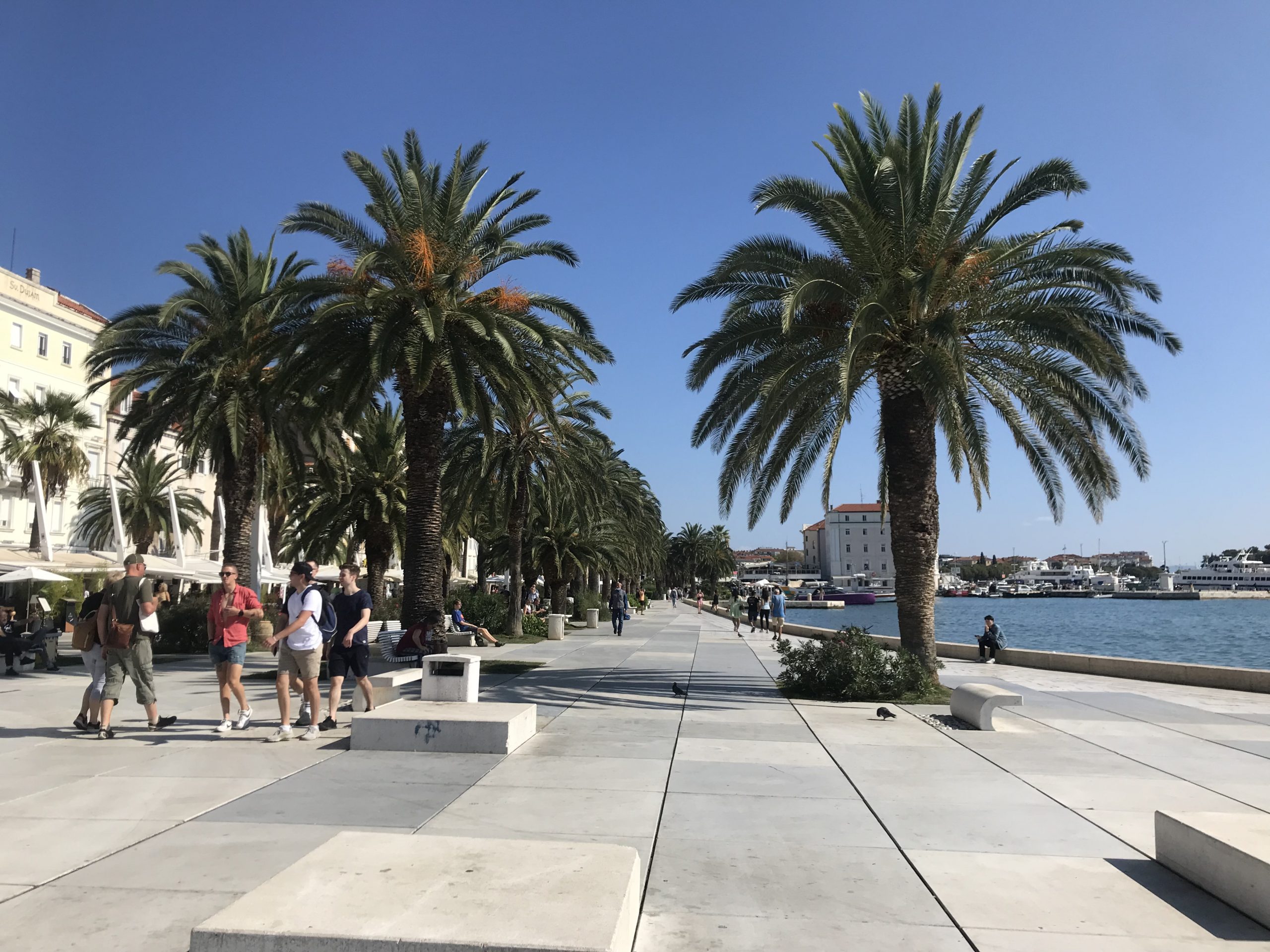
The Riva is a promenade along the harbor that is always bustling with activity.
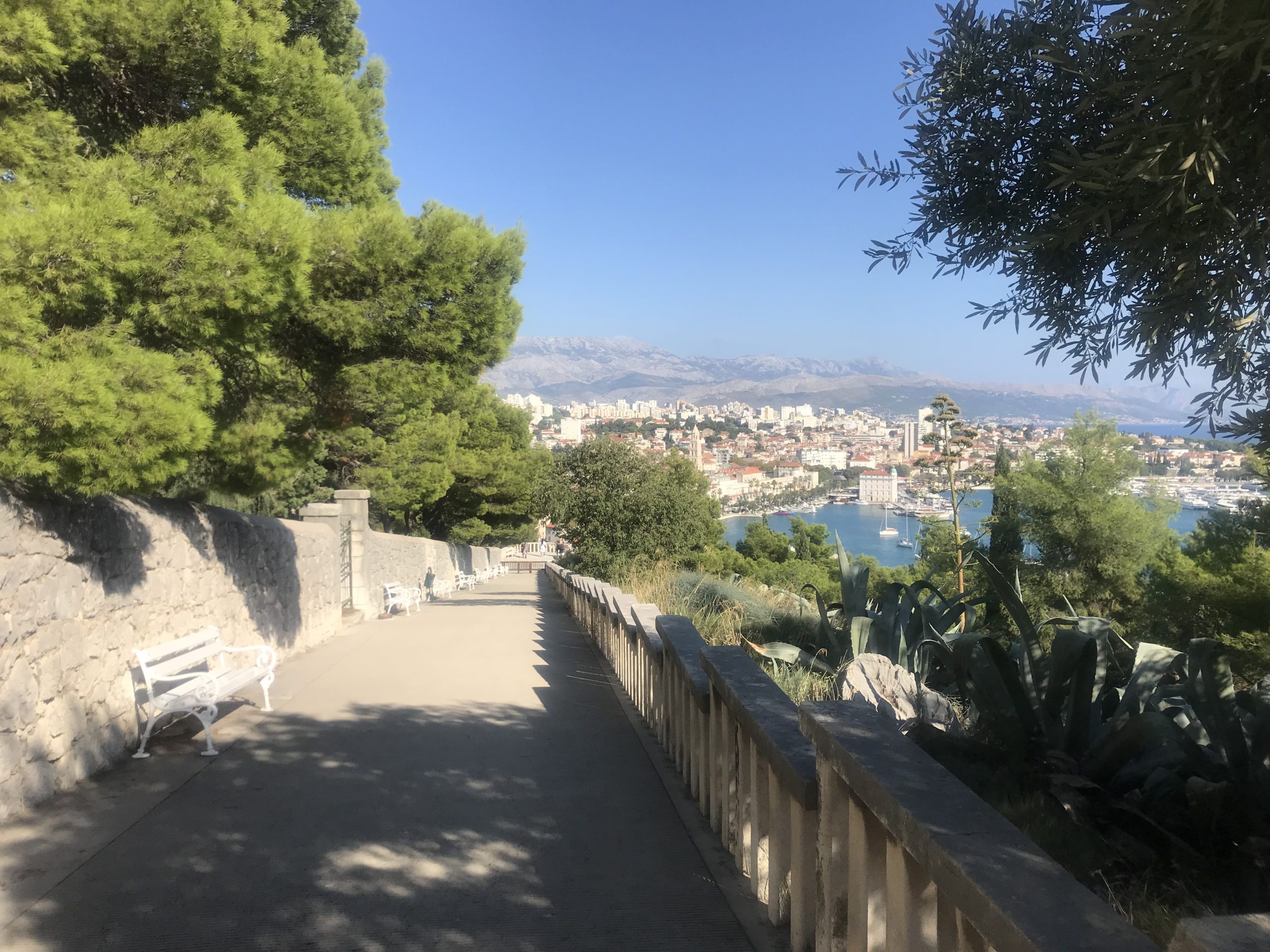
Hiking in the Marjan Forest provides a great view over the city.
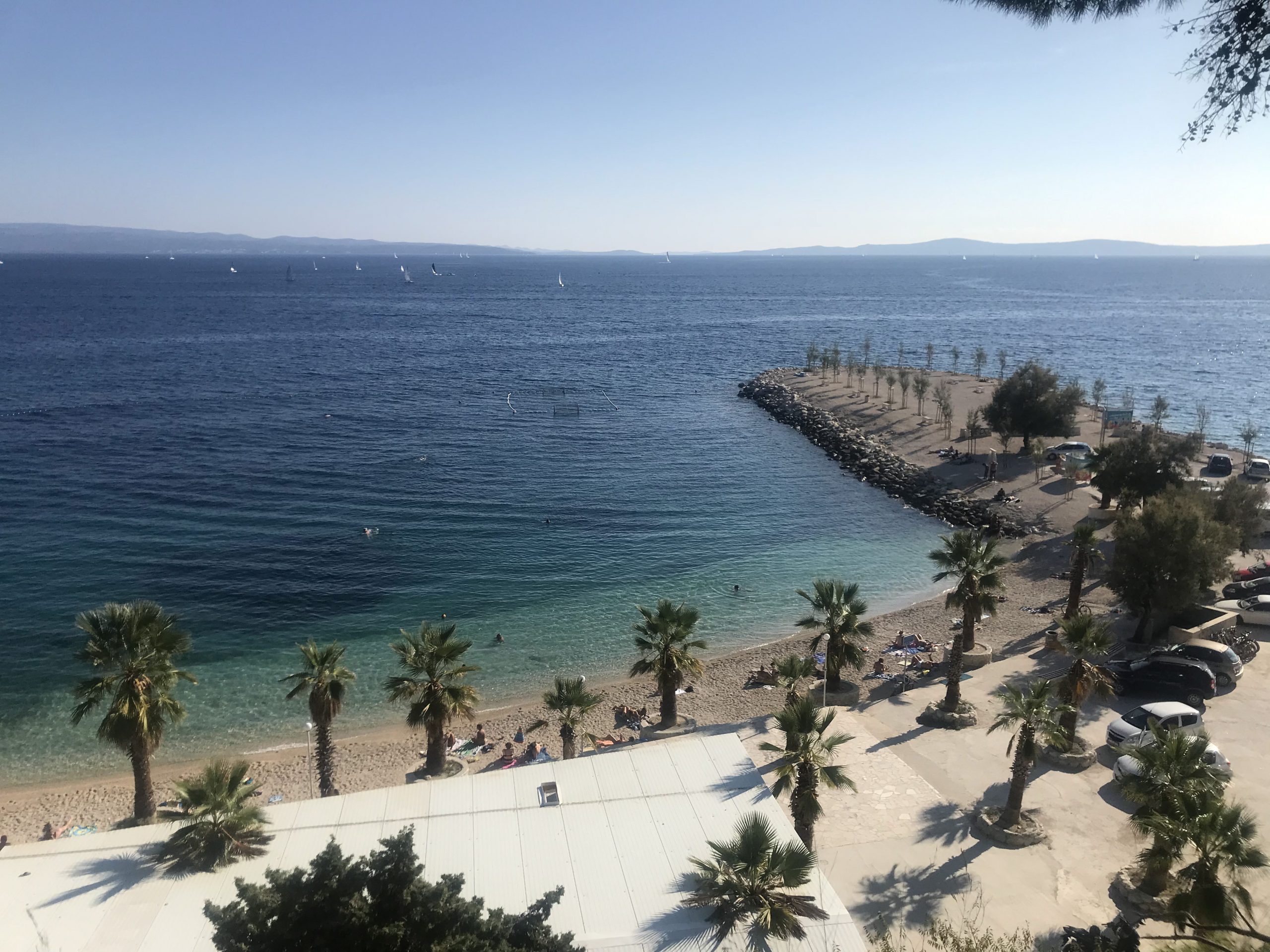
I walked along the peninsula with the Marjan Forest in order to swim at Ježinac beach.
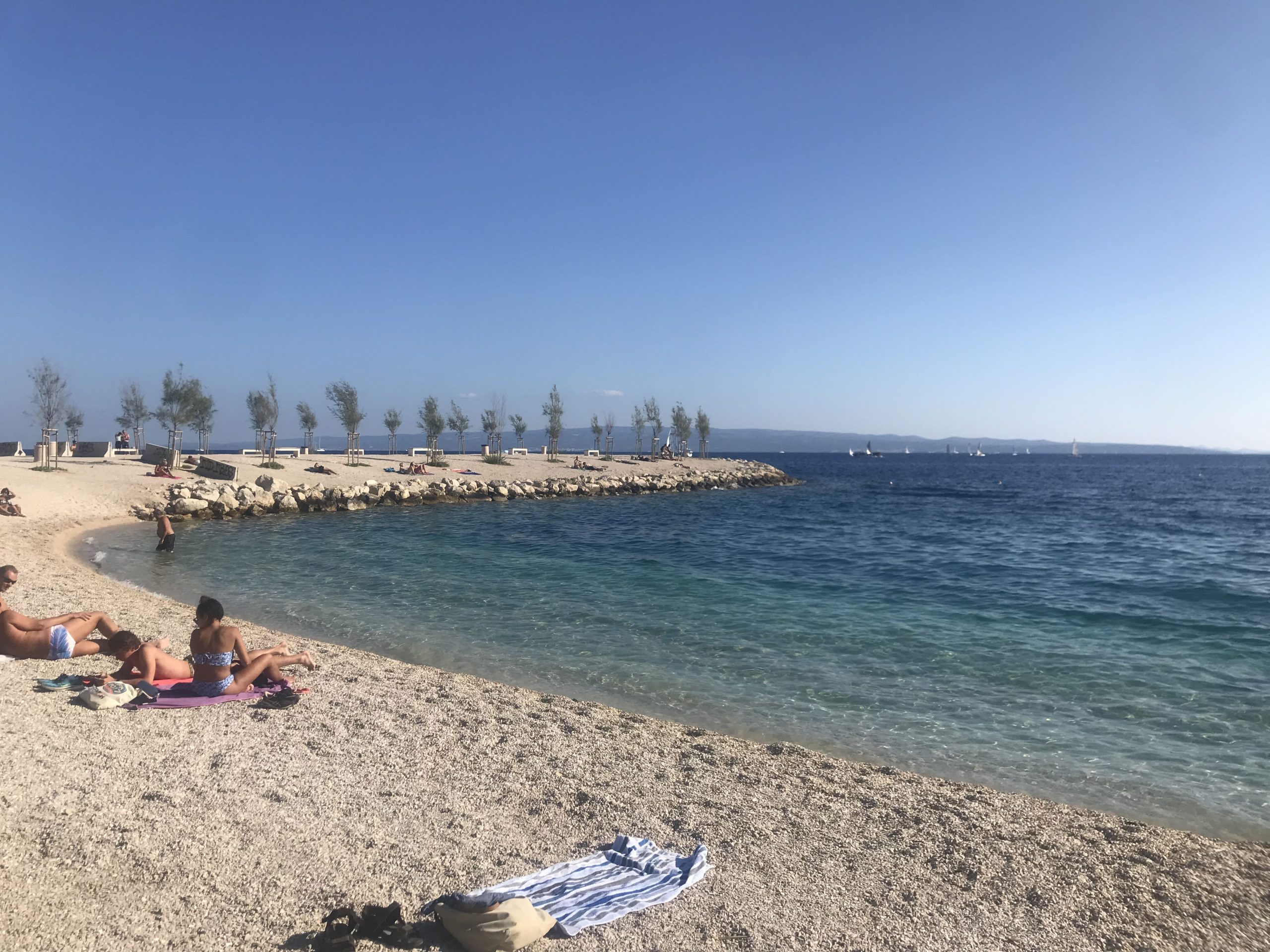
The water, as clear as elsewhere in Croatia, had stronger waves from all of the boats passing by.
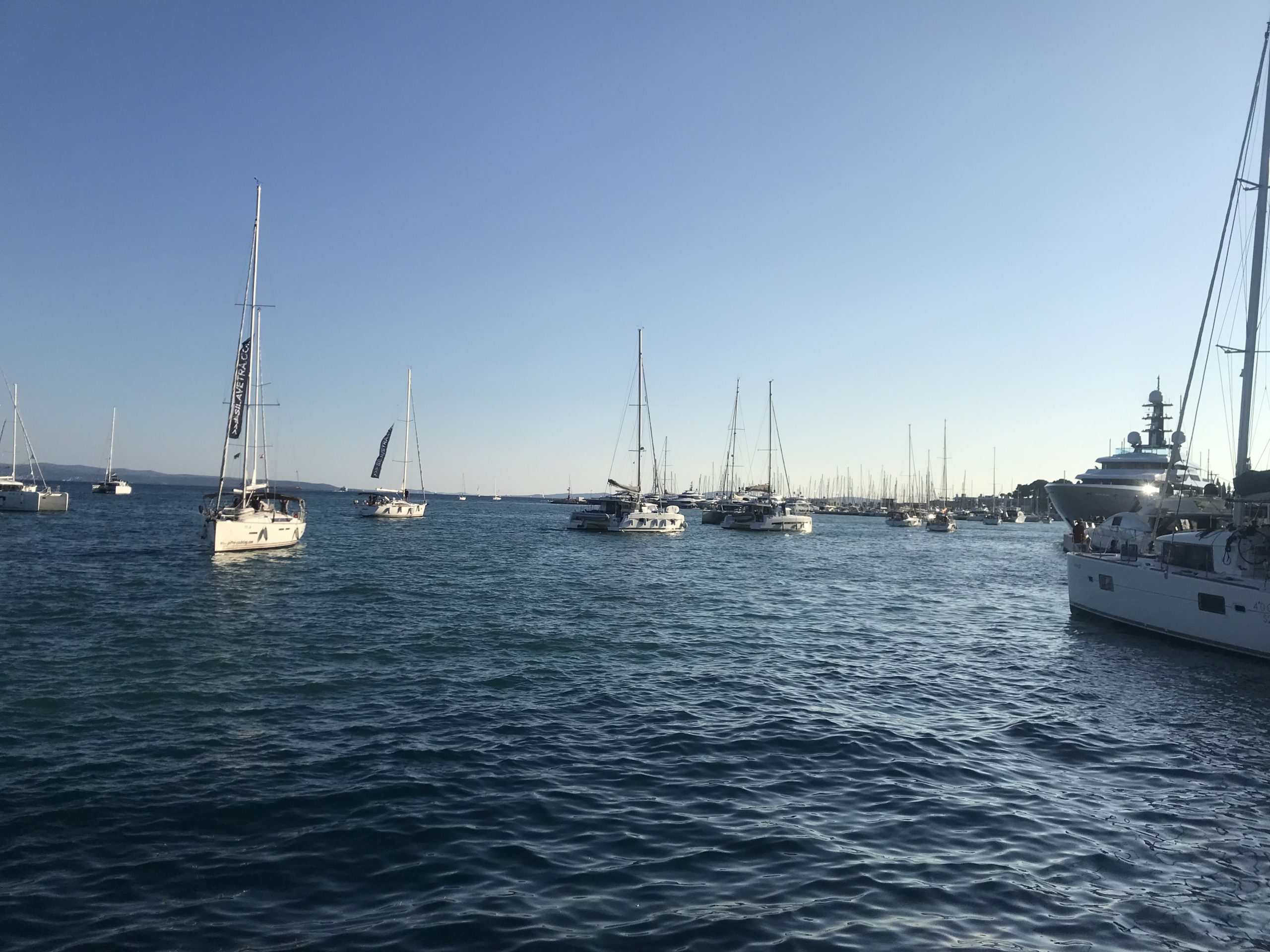
Boats of all sizes were everywhere, especially waiting in line to fill up their tanks.
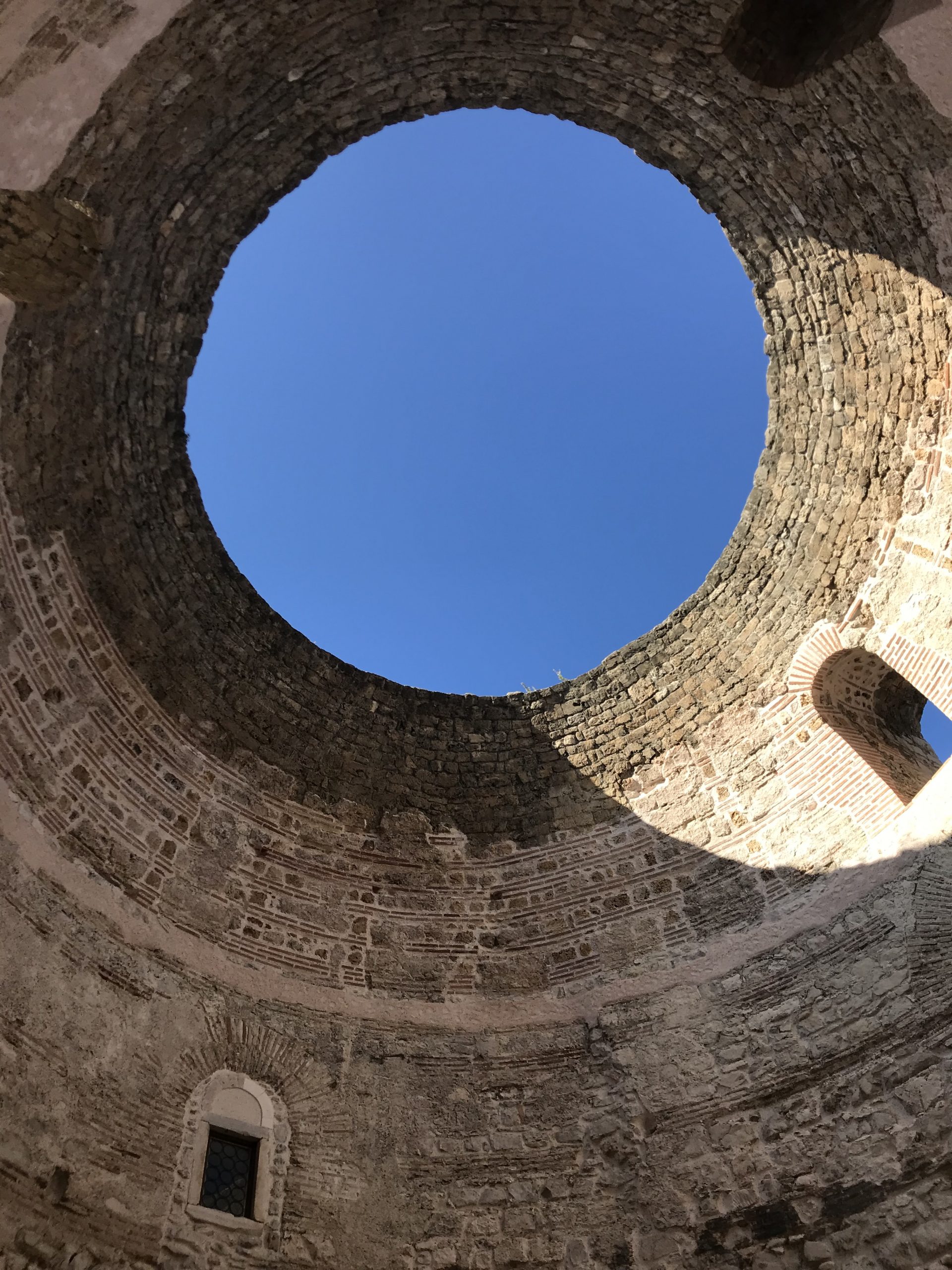
The massive rotunda room, known as the Vestibule, preceded the Peristyle.
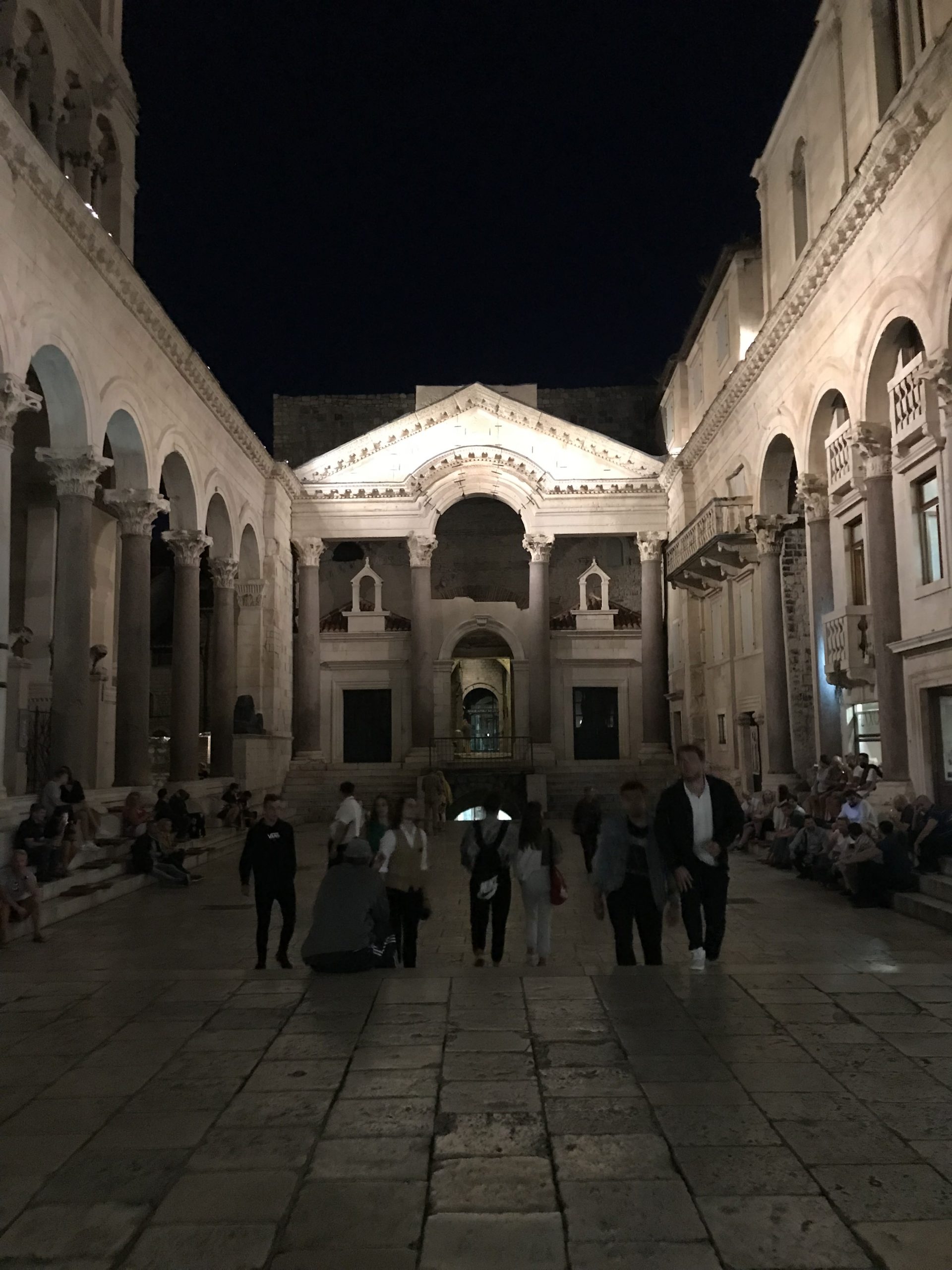
The Peristyle is equally impressive at night.
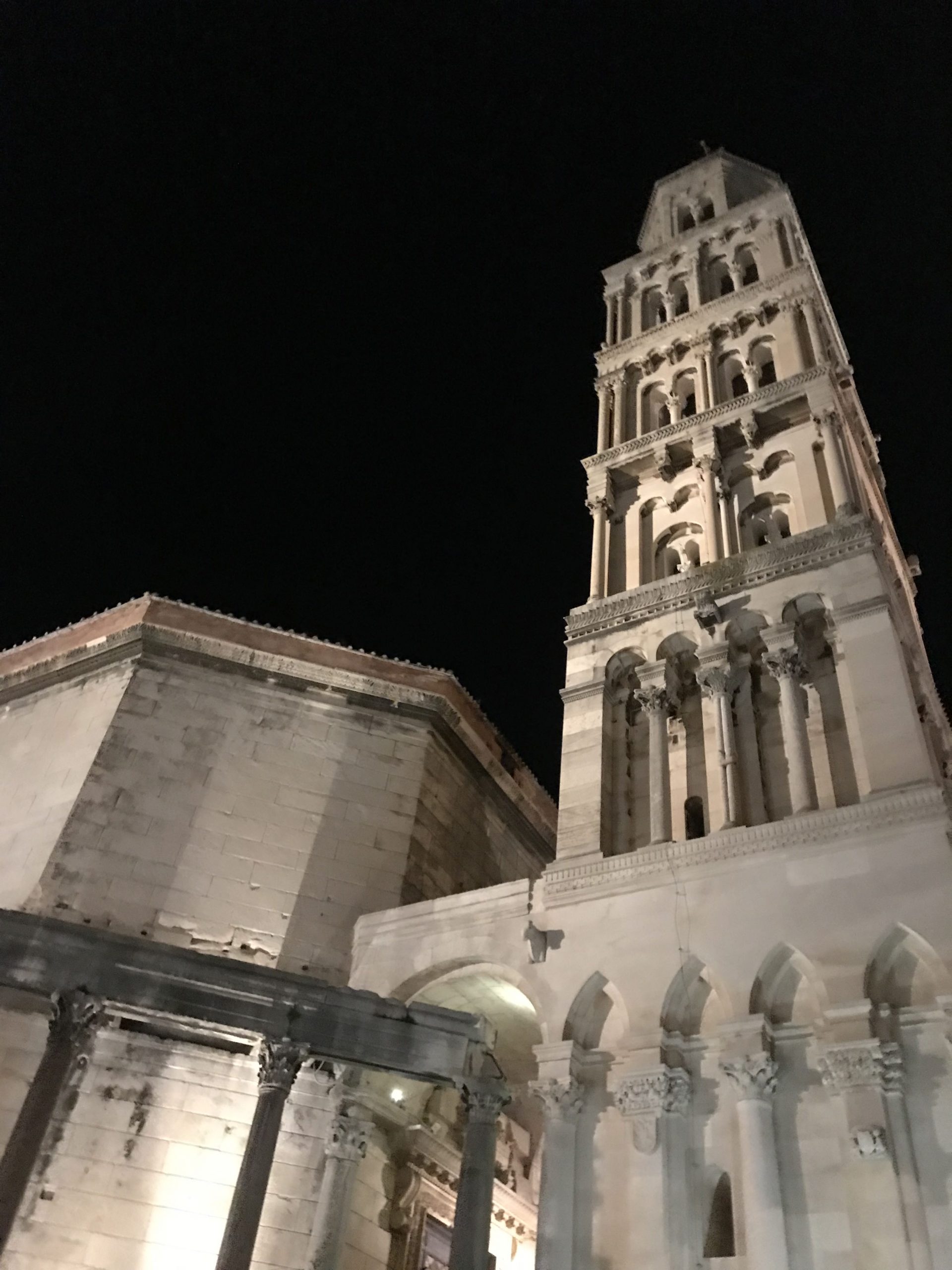
To the east of the Peristyle is the cathedral, which was originally built as Diocletian’s Mausoleum.
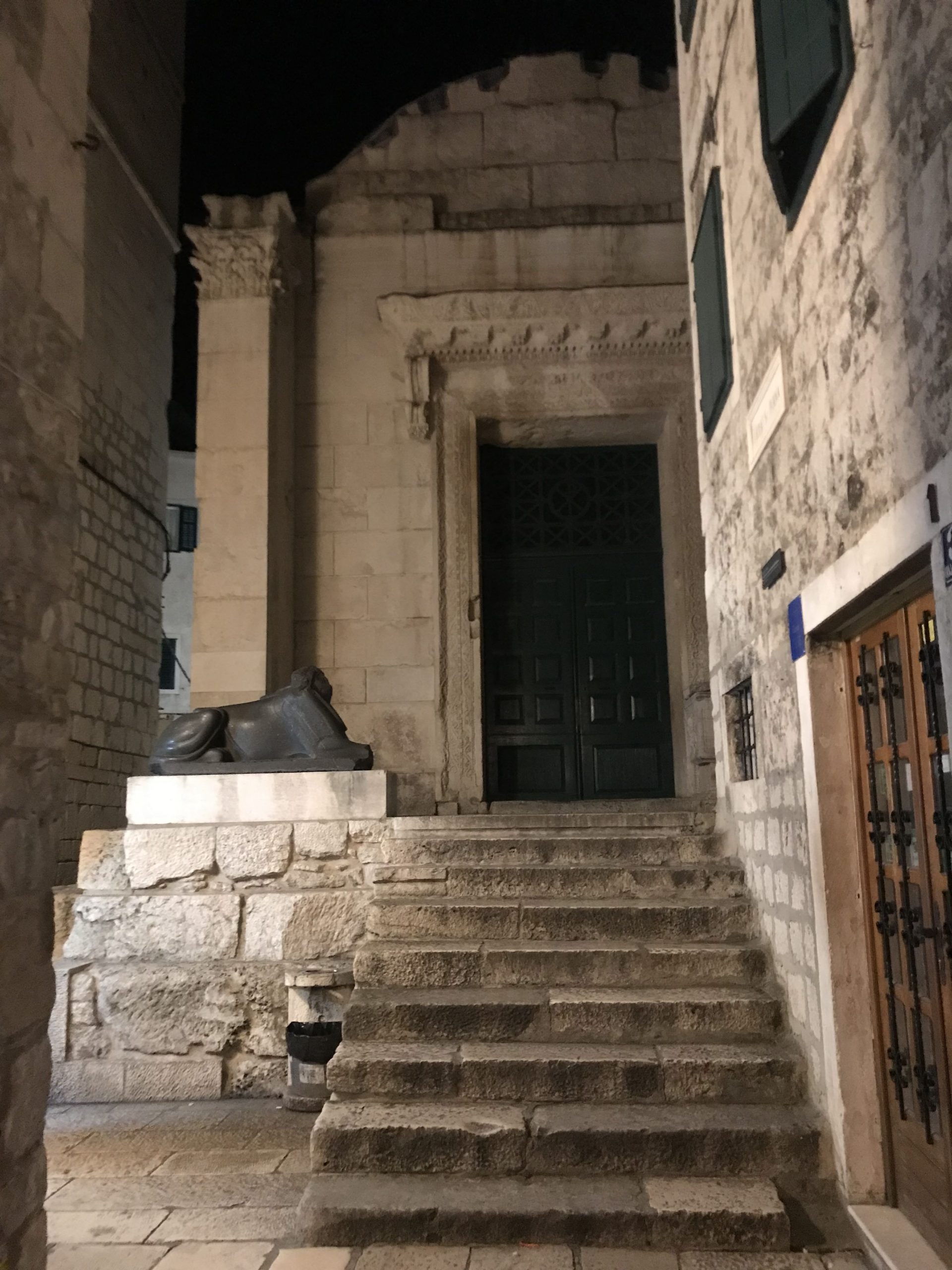
To the west of the Peristyle is the cathedral’s baptistry, which was originally built as the Temple of Jupiter.
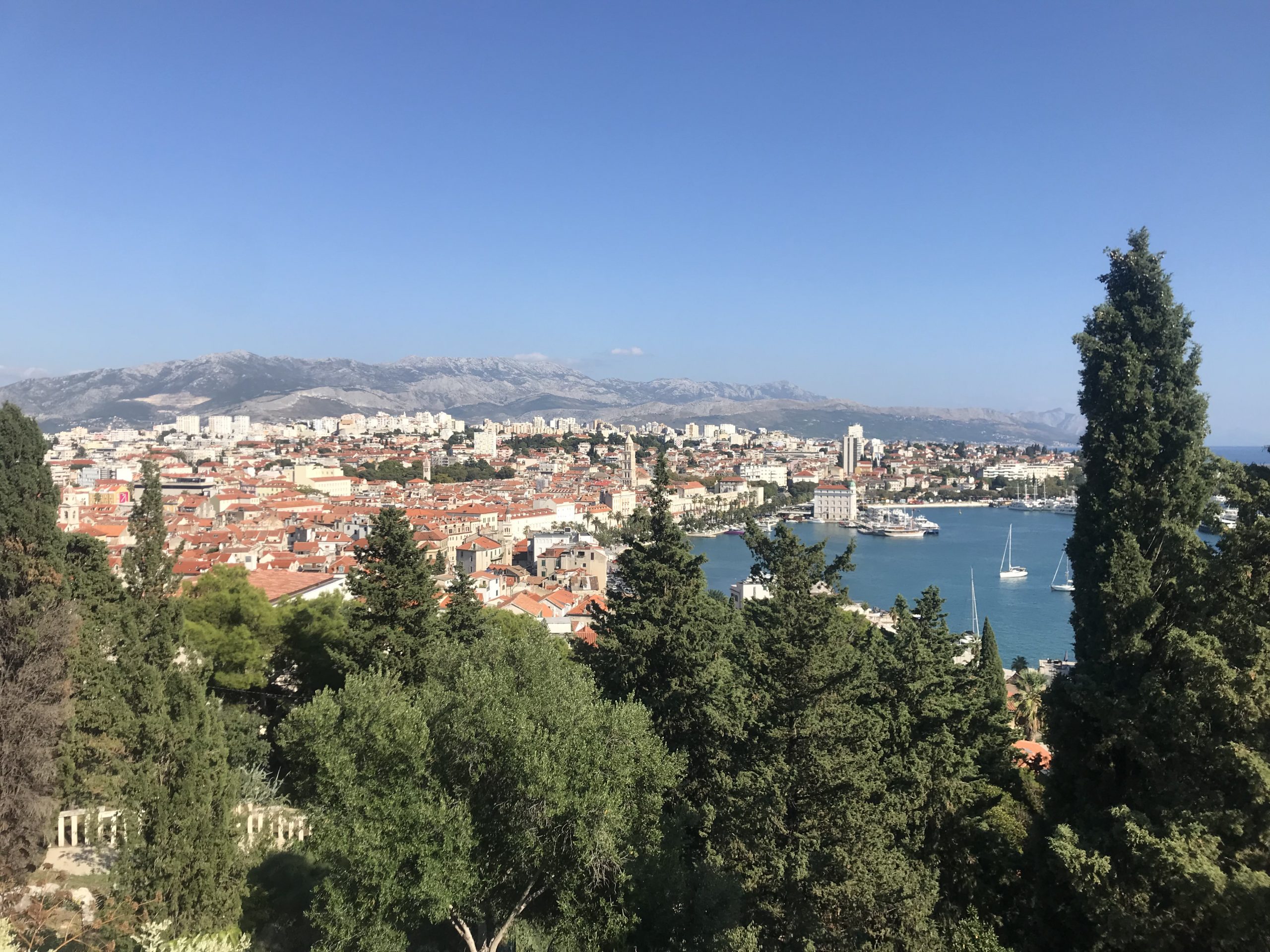
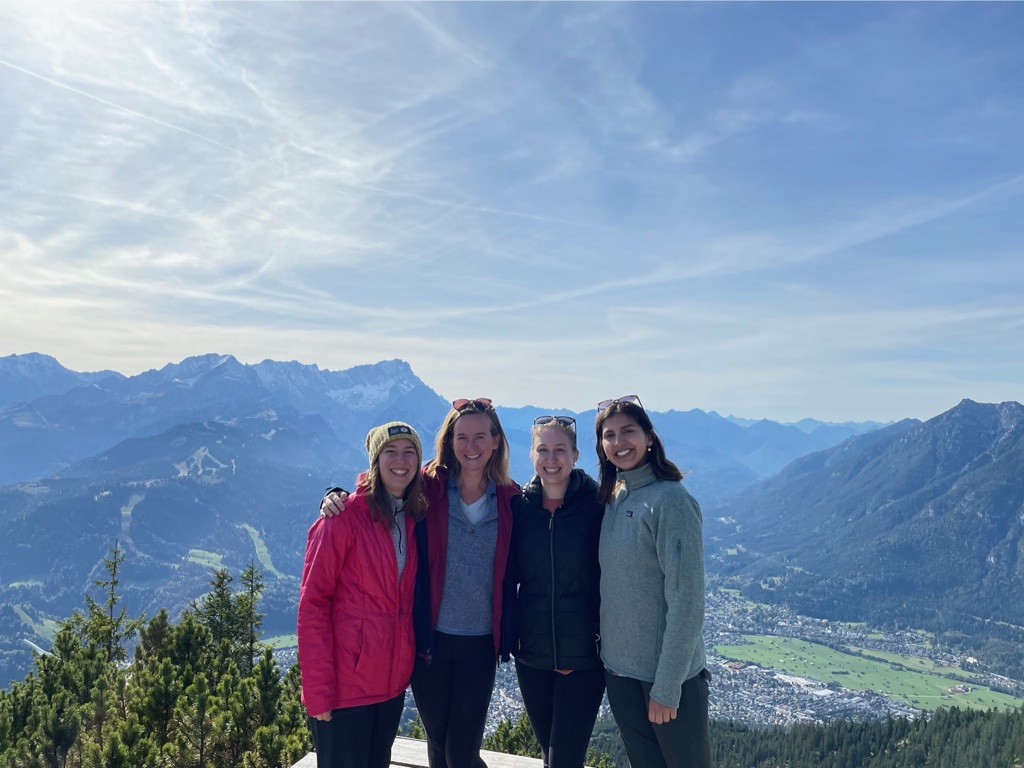
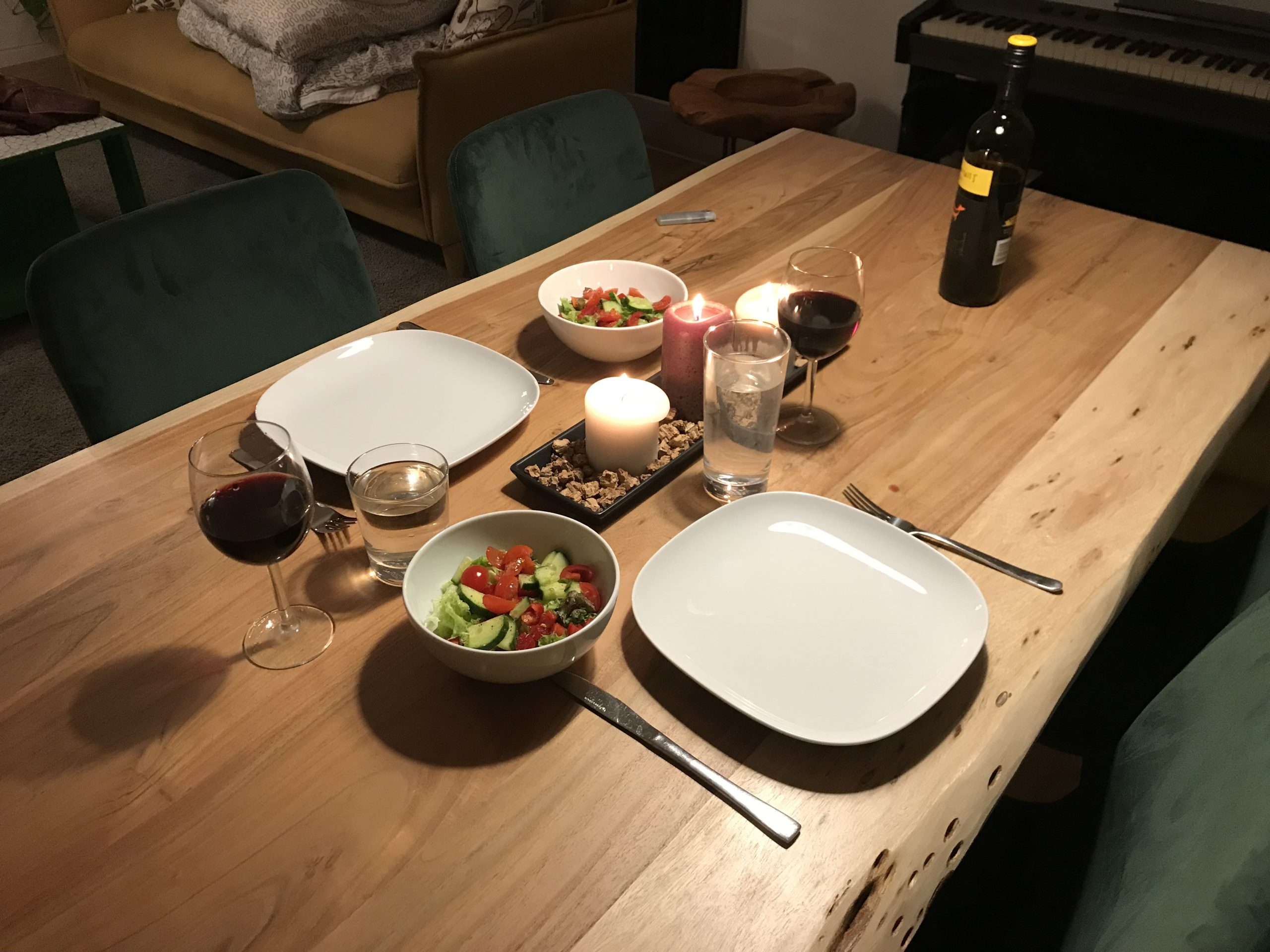

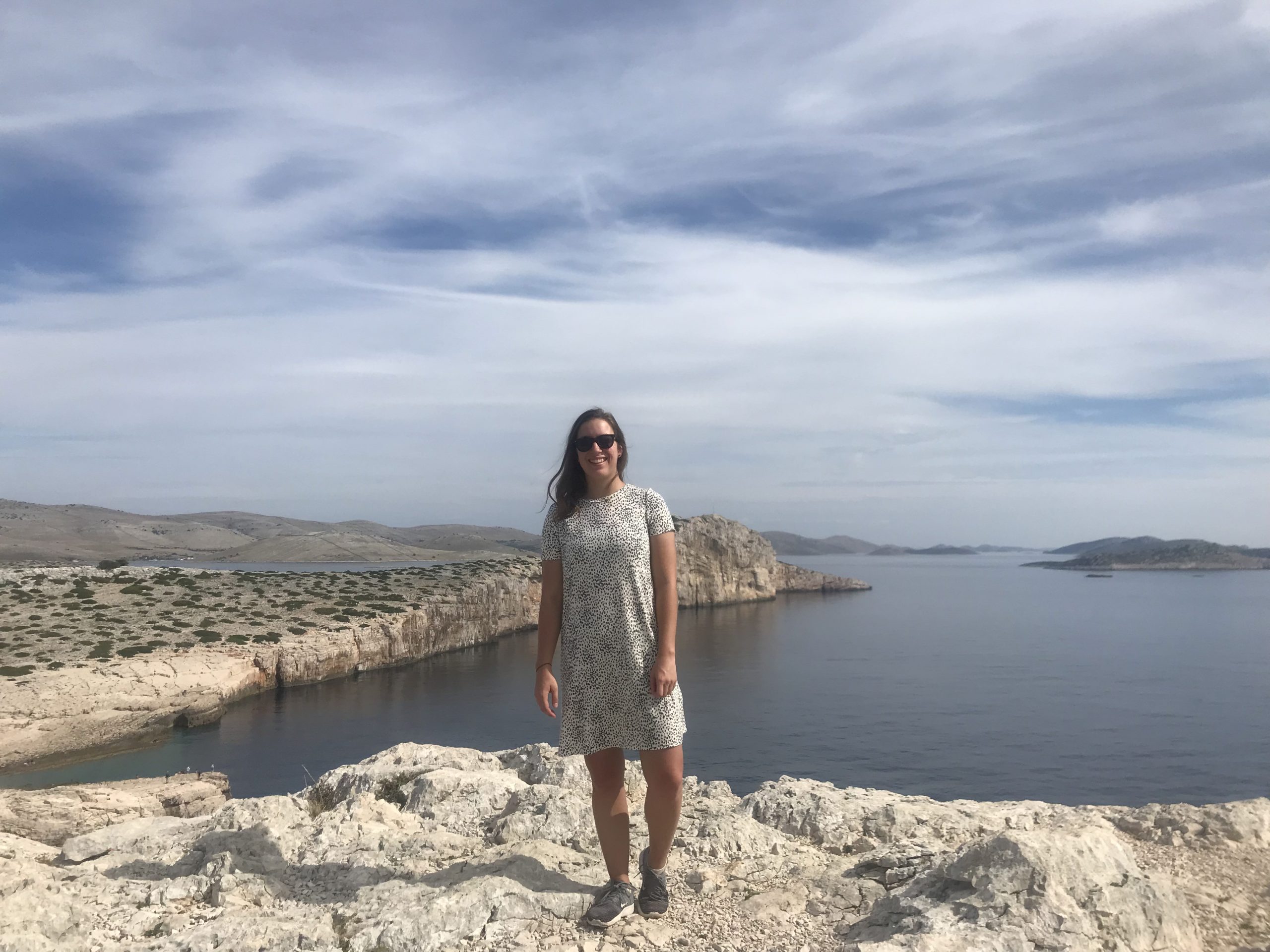
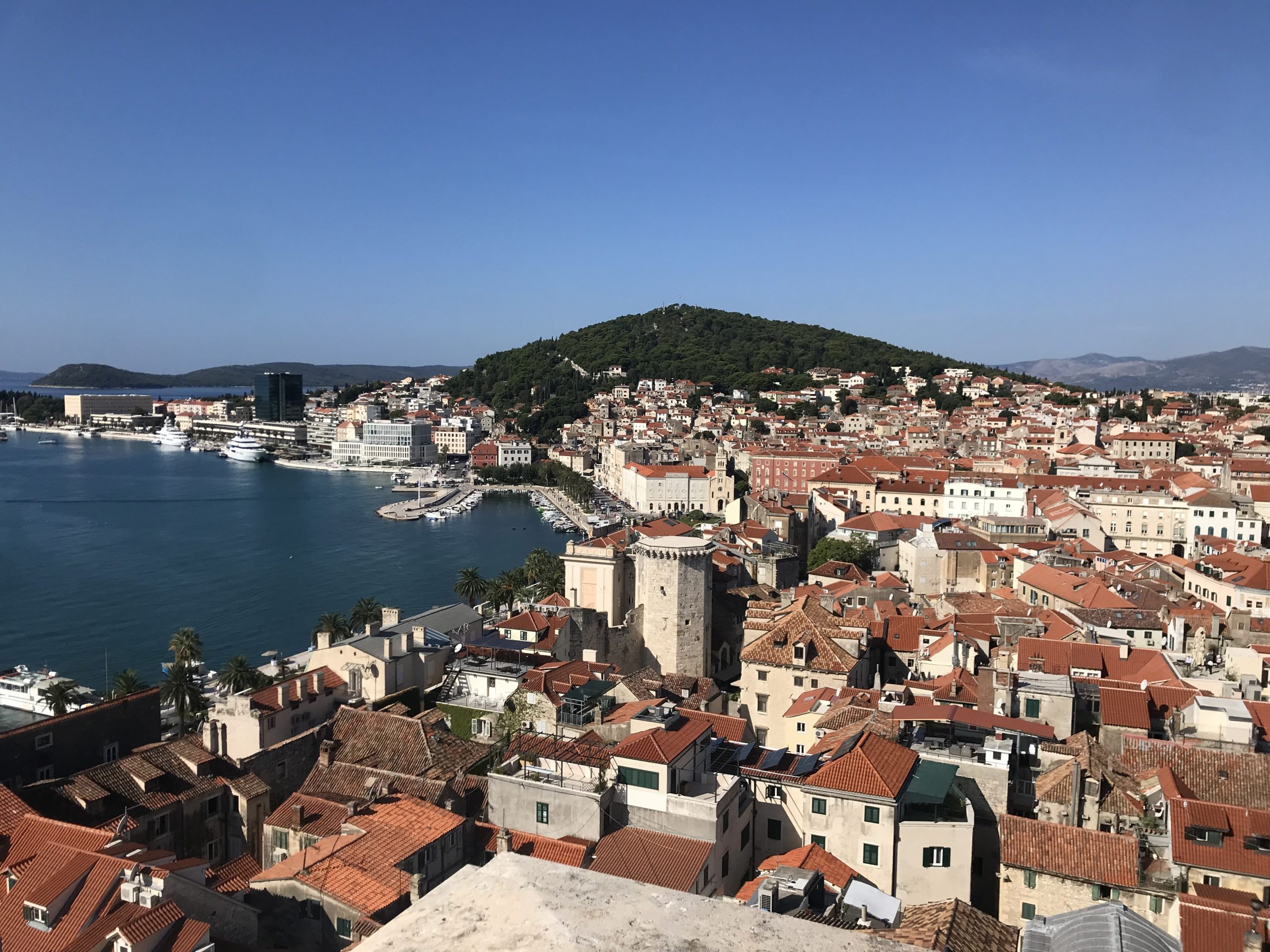
Leave A Comment